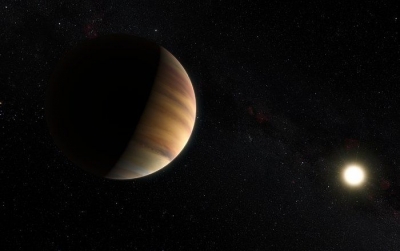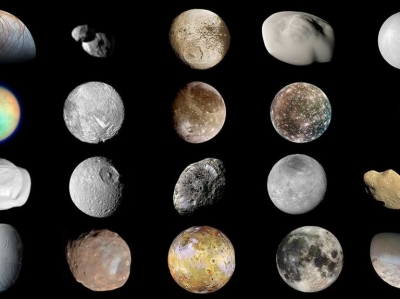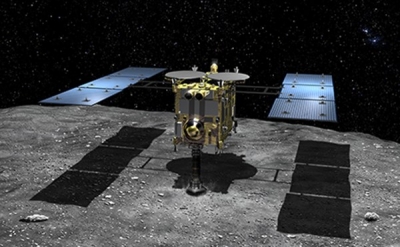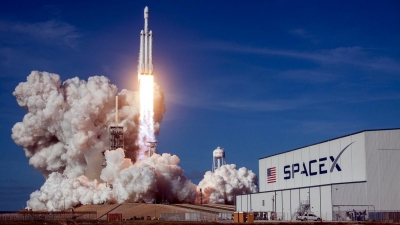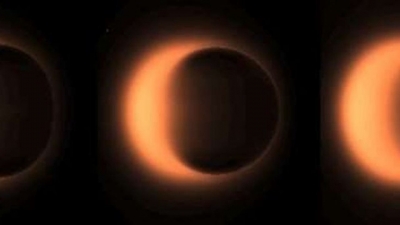
The ‘event horizon’ is the boundary defining the region of space around a black hole from which nothing (not even light) can escape. In other words, the escape velocity for an object within the event horizon exceeds the speed of light. The name arises since it is impossible to observe any event taking place inside it – it is a horizon beyond which we cannot see.
When an item gets near an event horizon, a witness would see the item’s image redden and dim as gravity distorted light coming from that item. At the event horizon, this image would effectively fade to invisibility.
Within the event horizon, one would find the black hole’s singularity, where previous research suggests all of the object’s mass has collapsed to an infinitely dense extent. This means the fabric of space and time around the singularity has also curved to an infinite degree, so the laws of physics as we currently know them break down.
The strength of a black hole’s gravitational pull depends on the distance from it — the closer you are, the more powerful the tug. But the effects of this gravity on a visitor would differ depending on the black hole’s mass. If you fell toward a relatively small black hole a few times the mass of the sun, for example, you would get pulled apart and stretched out in a process known as spaghettification, dying well before you reached the event horizon.
Picture Credit : Google

